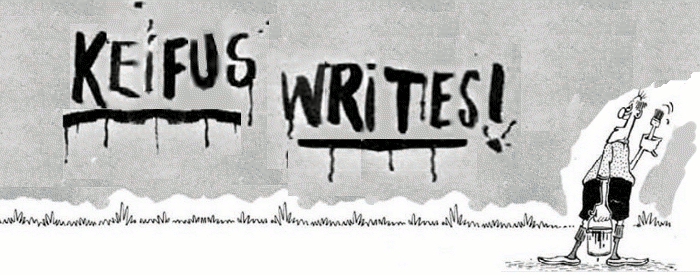An Appealing Local Model
[Response to Slate's Green Food article, now triple-posted, but it's a little closer to readability each time.]
Picture this: instead of suburban sprawl, there are residential clusters that surround the manufacturing or other business centers. Here, in and around these centers, people actually live, and the countryside beyond them is spread with farms small and large. It's kind of like the New England of 1950, but without the factory pollution, back before the highway program and the green revolution took off and pushed Joe Sixpack out into the boonies.
We'd be better off if more food were bought and produced locally. It tastes a hell of a lot better when it doesn't ship from South America. If oil weren't so cheap, and transportation infrastructure so heavily subsidized, shipping costs for foreign-produced agricultural products would drive up their prices, and the prices of local products may actually rise enough under this cushion to allow local farms enough profit to support themselves.
Even neglecting subsidized highway infrastructure, the costs of living near business centers are still damned expensive. I am not sure that housing projects have been a good solution to that, historically. Commuting still works out better in the cost analysis, so we pave over grampa's farm and build a McMansion or twenty on it.
The local model also works better in California than it does in Connecticut, where you can't grow stuff for six months out of the year. Who misses the days of starving to death if you didn't make enough jerky to last the winter or if the potatoes rotted in the cellar? (Exaggerating. Maybe.)
It's interesting to observe how we've engineered our landscape. It seems inevitable that industry will tend to concentrate in infertile areas, and occupy as little area as possible. Agricutlure, meanwhile, tends to require more area, opening up green space, though it can be compressed with the addition of energy. A geographic and demographic balance will be met based on the costs of moving produce from one place to another, the cost of land, fertility, and on the required area needed to produce food. Social engineering efforts will cause these factors to be weighted differently. Would we be better off if we subsidized community infrastructure instead of transportation infrastructure? If we didn't subsidize (petroleum-intensive) centralized farming? If we facilitated oil use less? If we did nothing at all?
Tough to say. But I love the local model.

1 comment:
well, i'm not reposting my replies. so there!
[grin]
Post a Comment